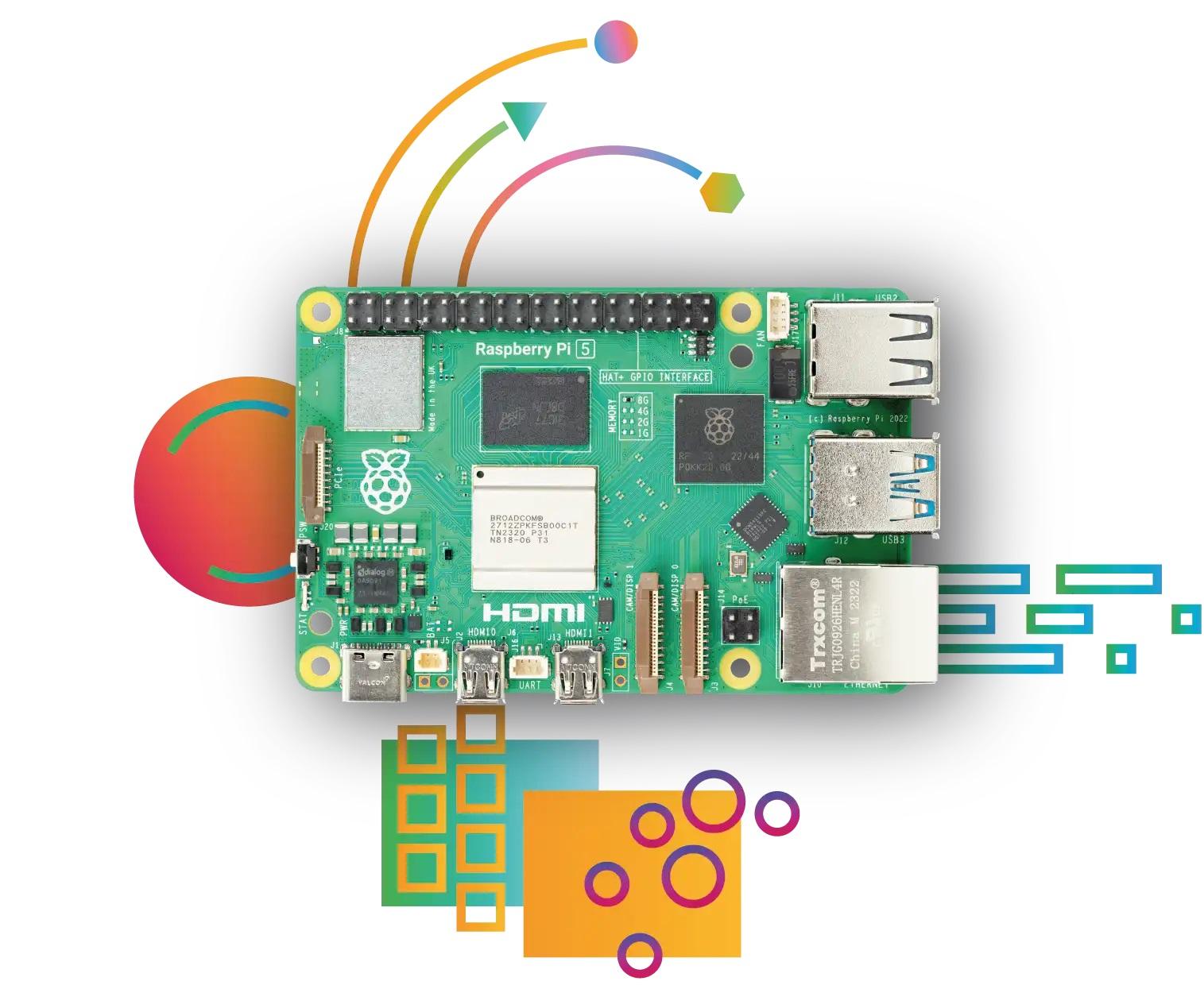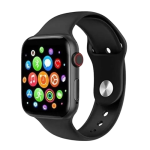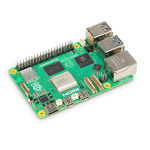Raspberry Pi broad
Introduction
Raspberry Pi is a compact, affordable, and powerful single-board computer designed by the Raspberry Pi Foundation. Initially developed to promote computer science education, it has since evolved into a versatile tool used by hobbyists, students, engineers, and tech enthusiasts worldwide. Its affordability, low power consumption, and GPIO (General Purpose Input/Output) capabilities make it ideal for various applications, including programming, IoT (Internet of Things), robotics, media centers, and more.
In this article, we’ll explore the history, specifications, popular use cases, and benefits of the Raspberry Pi.

History of Raspberry Pi
The Raspberry Pi Foundation, a UK-based charity, introduced the first Raspberry Pi model in 2012. The goal was to provide an inexpensive computing device for educational purposes, allowing students to learn programming and hardware interaction. However, due to its versatility and affordability, the device quickly gained popularity among makers, developers, and businesses, leading to the continuous development of improved models.
Evolution of Raspberry Pi Models
Since its initial release, the Raspberry Pi family has expanded to include several models, each improving in performance, connectivity, and features:
- Raspberry Pi 1 (2012) – The first model with a 700MHz ARM processor, 256MB RAM, and basic I/O ports.
- Raspberry Pi 2 (2015) – Enhanced with a quad-core processor and 1GB RAM.
- Raspberry Pi 3 (2016) – Introduced built-in Wi-Fi and Bluetooth, making it more suitable for wireless applications.
- Raspberry Pi 4 (2019) – A major upgrade with up to 8GB RAM, USB 3.0, and improved CPU and GPU performance.
- Raspberry Pi 5 (2023) – Features a faster processor, better graphics support, and enhanced connectivity options.
Technical Specifications
Raspberry Pi devices vary in specifications, but the latest models typically include:
- Processor: ARM-based CPU with multiple cores for efficient multitasking.
- Memory: 1GB to 8GB RAM, depending on the model.
- Storage: Micro SD cards are used for operating systems and file storage.
- Connectivity: Includes USB, HDMI, Ethernet, Wi-Fi, and Bluetooth options.
- GPIO Pins: 40-pin header for interacting with sensors, motors, LEDs, and other hardware components.
- Operating System: Runs Raspberry Pi OS (formerly Raspbian) and supports other Linux-based distributions like Ubuntu, Kali Linux, and even Windows IoT Core.
Popular Uses of Raspberry Pi
1. Learning to Code
Raspberry Pi supports multiple programming languages, including Python, C, Java, and Scratch, making it an excellent tool for beginners and advanced programmers alike.
2. DIY Smart Home Automation
With IoT compatibility, Raspberry Pi can be used to build smart home devices such as automated lighting, security cameras, weather stations, and voice-controlled assistants.
3. Media Centers and Streaming Devices
By installing Kodi or Plex, users can turn Raspberry Pi into a fully functional media center to stream movies, music, and TV shows.
4. Robotics and AI Projects
Its GPIO pins enable users to connect motors, servos, and AI-powered components, making it a great choice for robotics projects.
5. Retro Gaming Console
By installing RetroPie or Recalbox, Raspberry Pi can emulate classic gaming consoles like NES, SNES, PlayStation, and more.
6. Network and Server Applications
Raspberry Pi can act as a personal web server, VPN server, or network-attached storage (NAS) device, providing low-cost server solutions for home and small businesses.
7. Industrial and Business Applications
Many industries use Raspberry Pi for automation, digital signage, and embedded systems due to its reliability and cost-effectiveness.
Why Choose Raspberry Pi?
✅ Affordable & Accessible – Raspberry Pi is a cost-effective computing solution compared to traditional PCs and embedded systems.
✅ Low Power Consumption – Ideal for energy-efficient applications, including solar-powered projects.
✅ Versatile & Customizable – Can be used in a wide range of applications, from education to industrial use.
✅ Strong Community Support – An active global community that provides tutorials, forums, and project ideas.
✅ Open-Source Flexibility – Compatible with many open-source operating systems and software.
Getting Started with Raspberry Pi
- Buy a Raspberry Pi Kit – Choose a model that suits your needs (e.g., Raspberry Pi 4 for general use, Raspberry Pi Zero for compact projects).
- Install an Operating System – Download Raspberry Pi OS and flash it onto a microSD card using software like Raspberry Pi Imager.
- Connect Peripherals – Attach a monitor, keyboard, and mouse, then boot up your Raspberry Pi.
- Start Exploring – Learn to code, set up a server, or build your first Raspberry Pi project.
Conclusion
Raspberry Pi has transformed the world of DIY computing, making technology accessible and affordable for everyone. Whether you're a beginner learning to code or an expert working on IoT solutions, Raspberry Pi provides endless possibilities.
Have you used Raspberry Pi in a project? Share your experience in the comments below!












